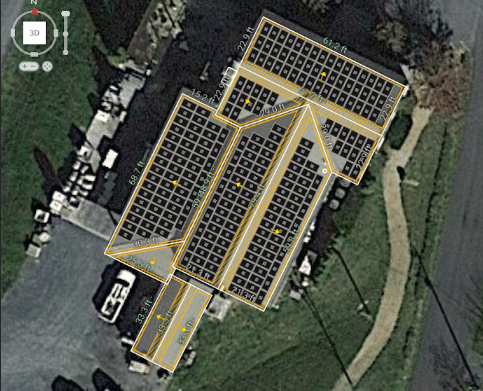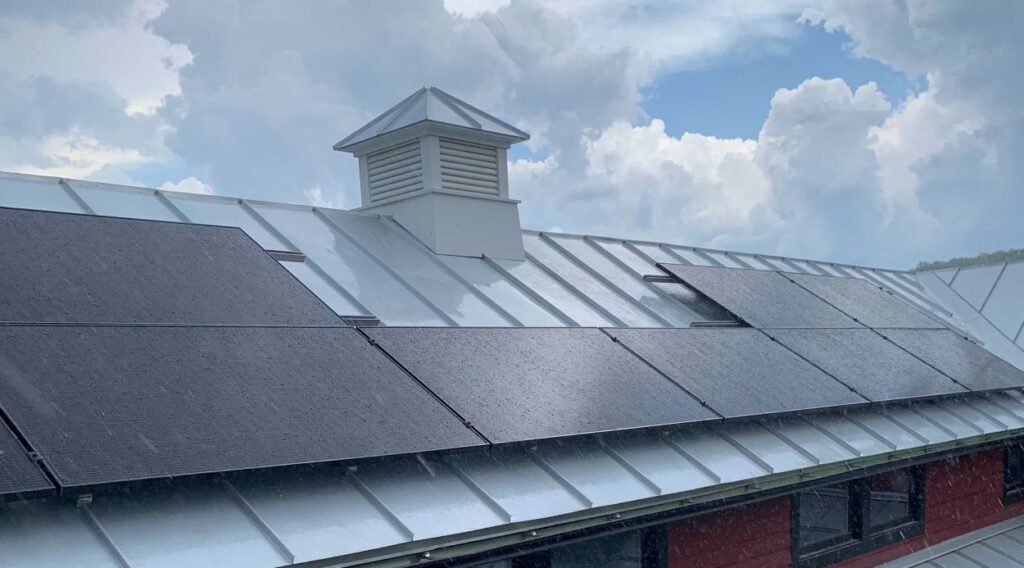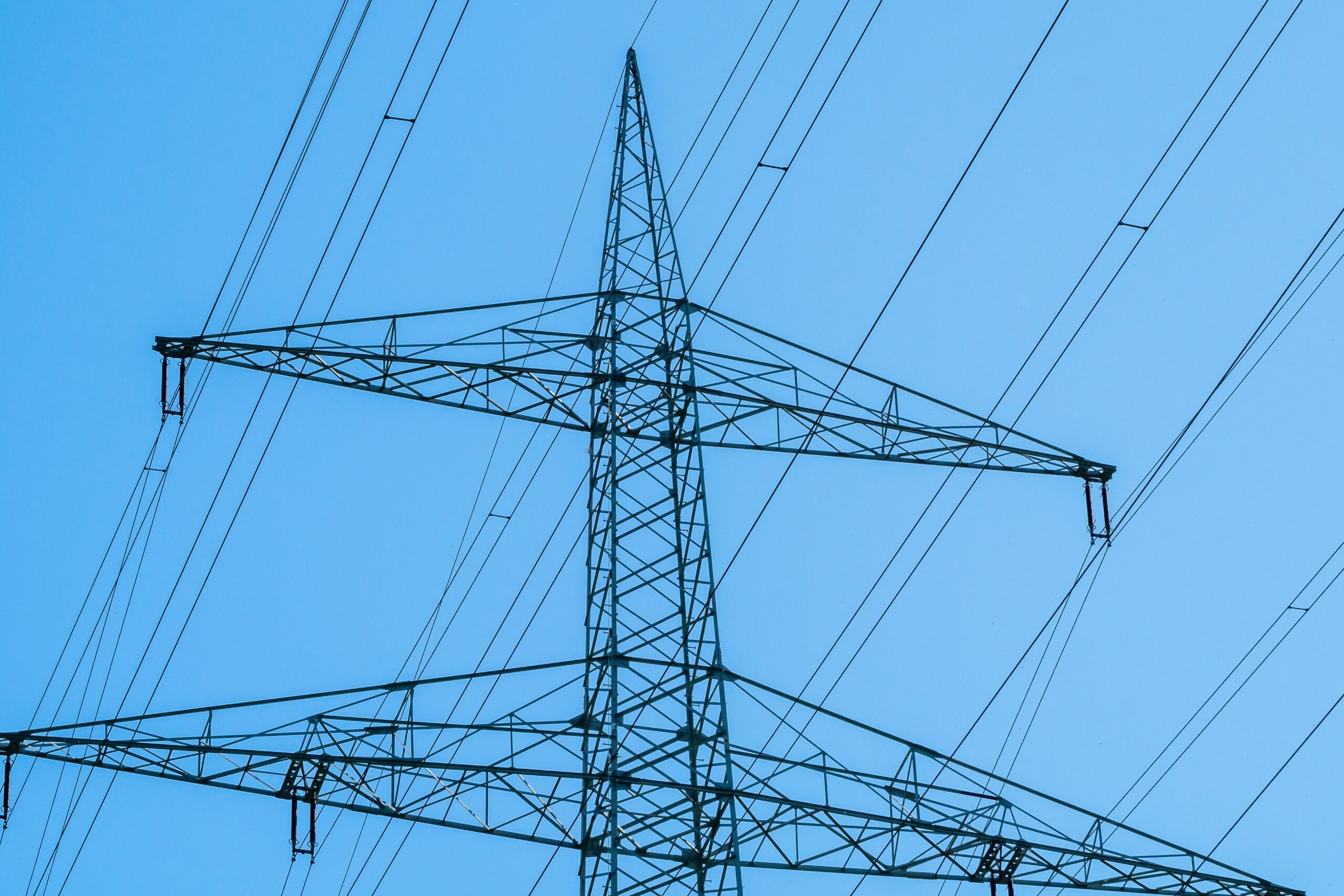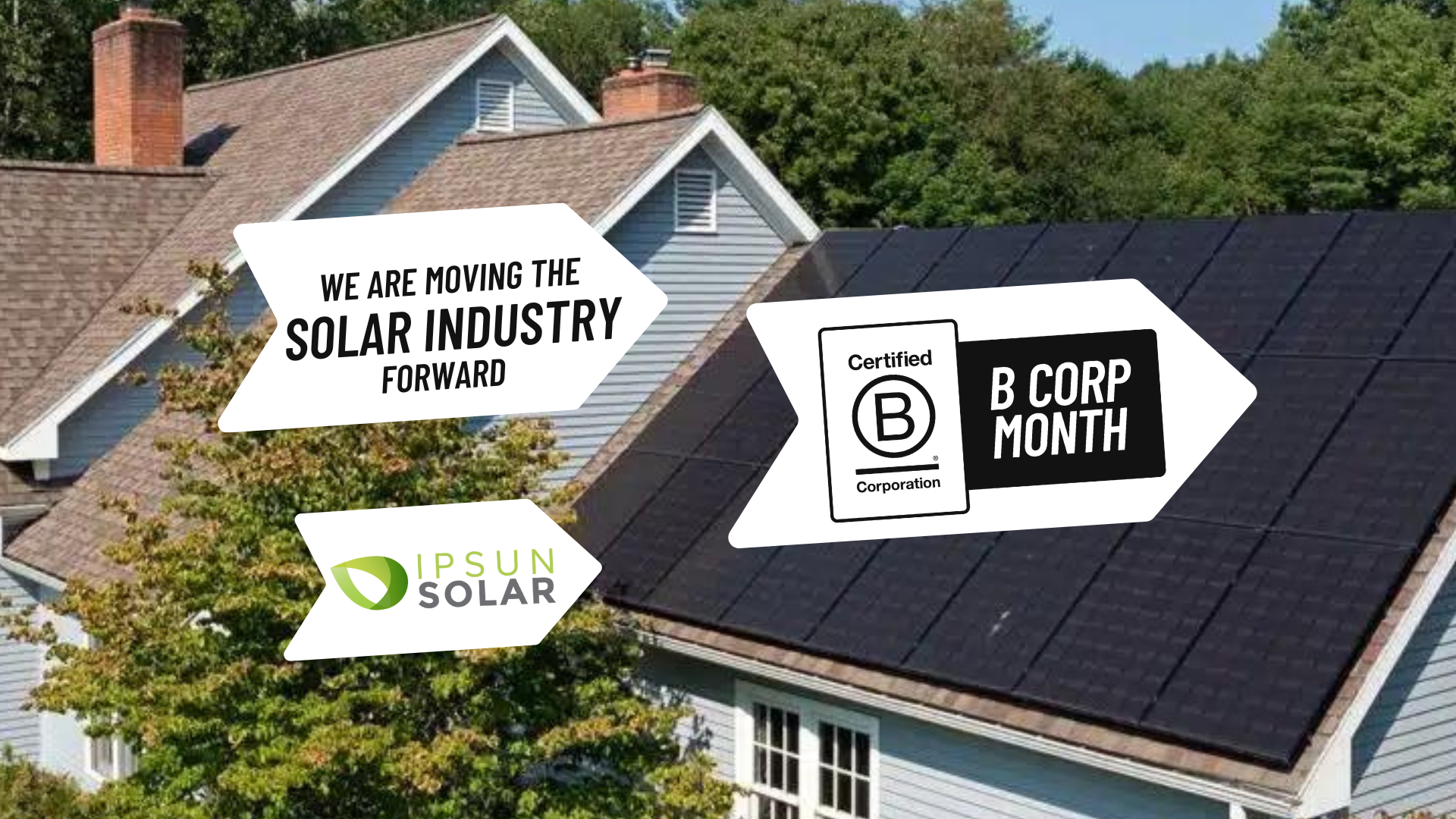If you own a rural small business or agricultural property, you’re probably bemoaning the utility rate hikes that constantly increase your monthly budget. Pair that with interest rate increases, recession fears, and the increasing cost of operating and overhead, and it’s understandable why many small business owners are ready to throw in the towel and move to a cabin in the woods.
But what if there was an easy way to reduce your energy costs over time by installing solar, rather than planning for increases year after year? And what if the upfront cost to make that happen was eligible for a whopping 80% discount?
We know… it absolutely sounds too good to be true, and also sounds a bit like a used car sales pitch, but it’s actually a thing and we can help you make it happen.
In short, solar installations for rural small businesses and agricultural properties are now eligible for federal REAP grants worth up to 50% of the cost of your solar project. Add in the 30% federal tax credit and it brings your savings up to 80%. These incentives are available thanks to the new Inflation Reduction Act provisions and are meant to spur economic growth and clean energy adoption across the country.
Here’s how you can take advantage, and why you should do so sooner rather than later:
What is the REAP Grant for Solar installations?
The Rural Energy for America Program (REAP) Grant provides both funding and loan financing to eligible rural small businesses and agricultural producers. Agricultural operations and rural businesses can use the money to implement renewable energy systems or make energy efficiency improvements.
The USDA instituted the program to increase energy independence in the U.S., and decrease the energy needs for rural agricultural producers and businesses, while also generating a higher supply of clean energy.
Eligible businesses include farms, breweries, wineries, horse stables, and any rural small business like doctor’s offices or veterinarian offices. A rural location is defined as an area with 50,000 residents or less. Check your eligibility with your business address here.
Rising Utility Rates + REAP Timing Guidelines = More Savings for Early Applicants
Because of the grant terms and timing, it does not pay to wait to submit a grant application. We will prepare the grant application for you, but writing the application takes time. And once submitted it will not be reviewed until one of the USDA’s quarterly review deadlines. So in addition to prolonging your burdensome utility payments, waiting to submit grant applications means you may miss the closest review deadlines and have to wait for the next opportunity.
With a potential payback time of three years or less for REAP grantees, the sooner you start down the path to solar energy, the sooner you’ll break even and enjoy that coveted $0 electricity bill (see the example project below).
REAP Grant Application Timing
Grants are accepted on a rolling basis with review dates quarterly: on June 30th, September 30th, October 31st, and March 31st. The USDA’s fiscal year begins on October 1st, so October marks the opening season for grant applications in a given year.
What are the grant terms?
- $2,500 minimum, $1 million maximum
- Projects that cost more than $200,000 must have a technical report completed before beginning installation.
- Once submitted, you can begin construction on your solar installation; however, there is no guarantee that you will be awarded the grant.
- If the project is not awarded after the final round, an applicant can choose to submit a new application for the following USDA fiscal year, but only if they have not started construction or made significant payments at the time of re-submission.
REAP Solar Project Example – Vineyard in Augusta County, VA
A winery in Augusta County, Virginia, has the potential for an 86kW solar system, which would offset 100% of their energy usage. An average utility bill for the vineyard is $860 per month. The project qualifies for the 30% federal tax credit and potentially for a 50% REAP Grant.
If the grant is awarded, the total cost of the project goes from $146,949.00 down to $29,389.
This project brings the winery a break-even time of 3 years. Over the 30-year life of the solar system, that would result in $278,640 in energy savings for the business.


- Location: Augusta County, VA
- Customer Type: Rural Business
- System Size: 86 kW
- Panel Type: 400-watt Qcells Q Peak
- Mounting Method: Standing seam metal roof clamp mounts
- Inverter Type: Enphase IQ8+
- Monitoring: Inverter-based internet monitoring included
- Annual Energy Production (kWh): 97,280 kWh
- Percentage of annual electricity demands: 100%
- Solar PV System Cost: $146,949
- USDA REAP Grant: – $73,494
- Federal Tax Credit: – $44,084
- Total Net Solar PV System Cost: $29,389
Reach Out to Learn More about REAP Grants for Solar Energy!
Are you a rural business or agricultural operation who would like to apply for a USDA REAP grant this year? If so, reach out now at 703-249-6594 or click below to get the process started!





